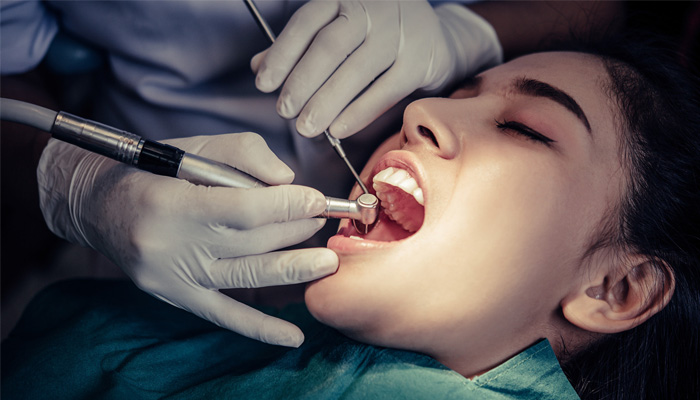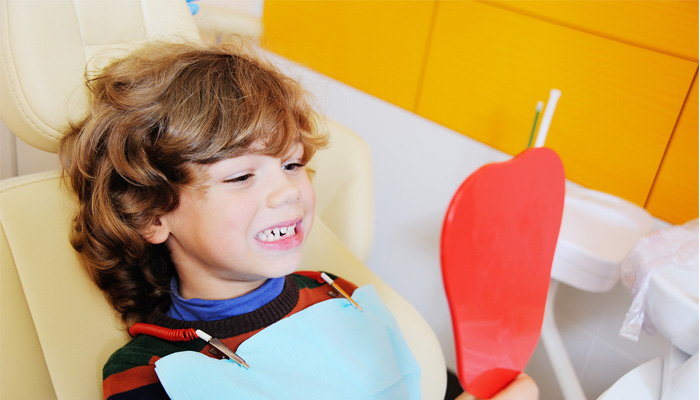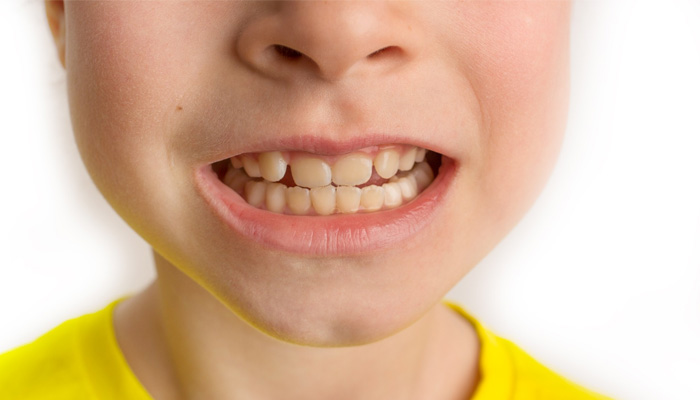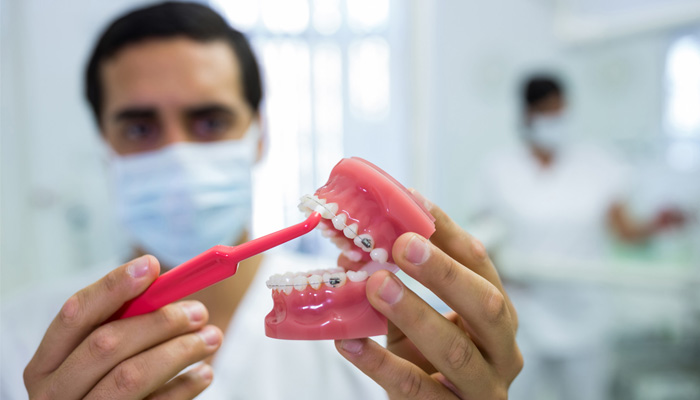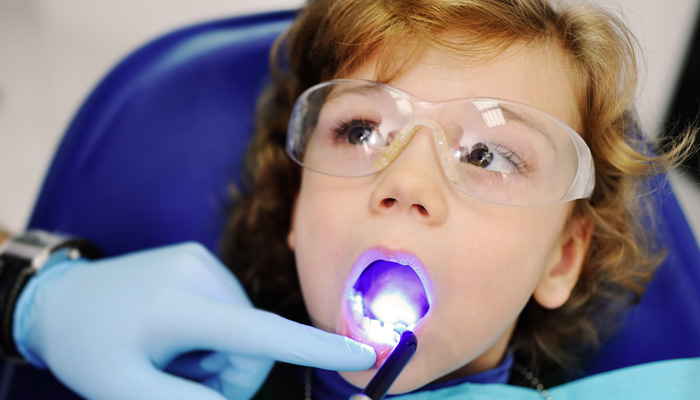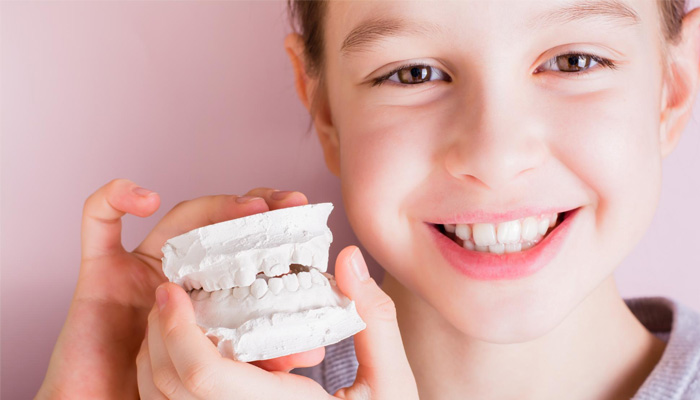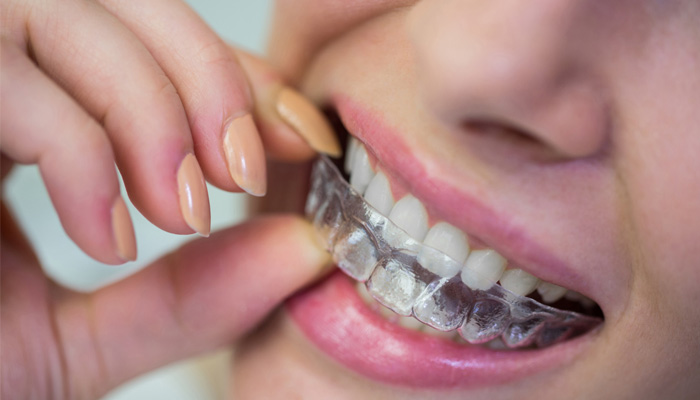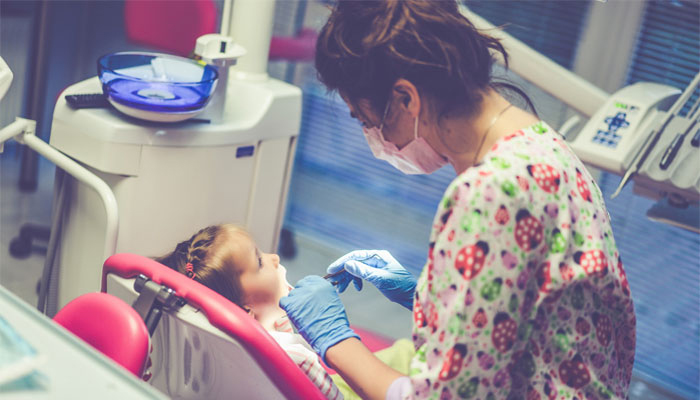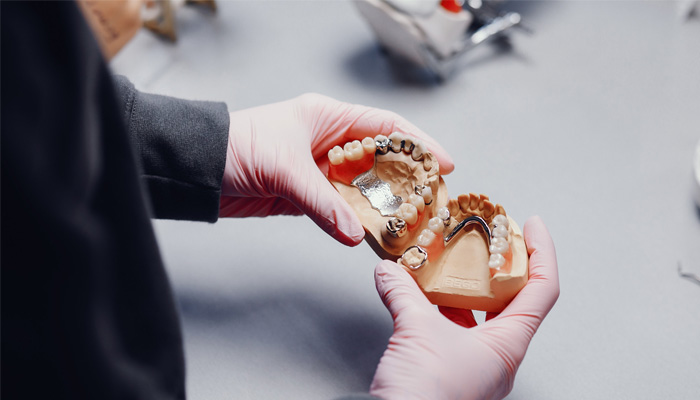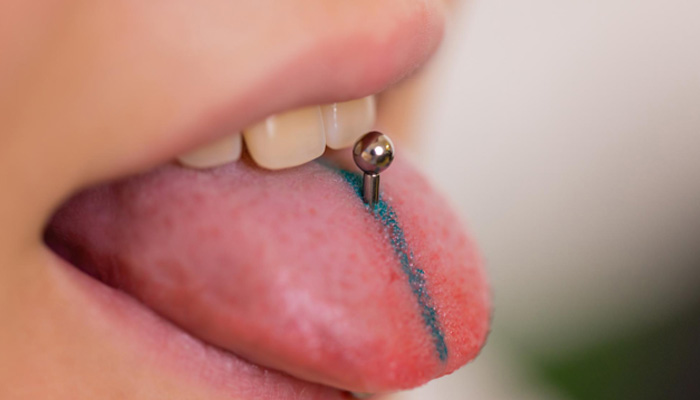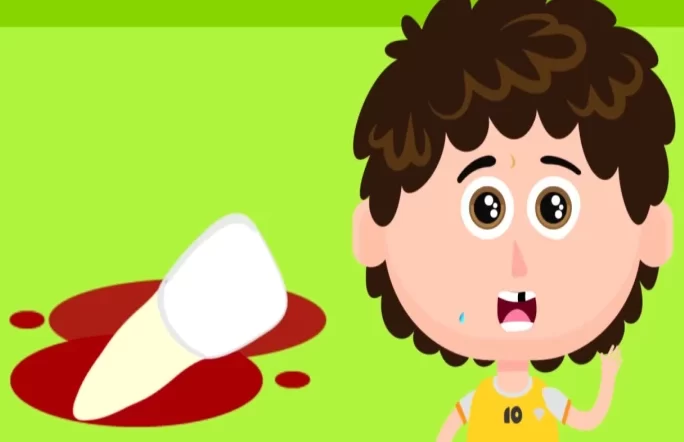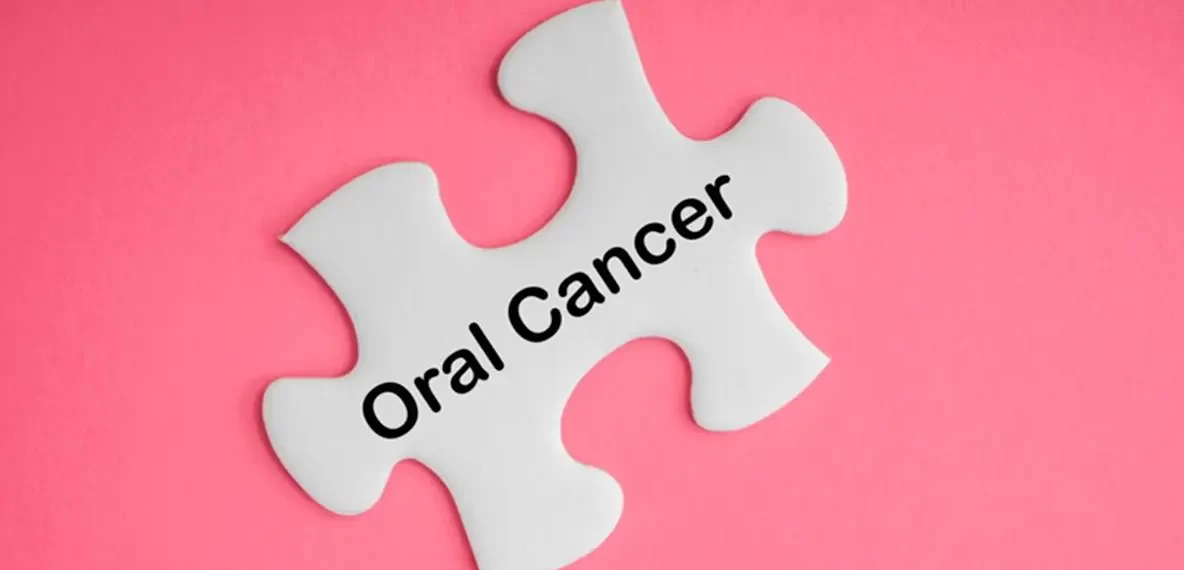Pulp therapies in pediatric dentistry involve the treatment and management of dental pulp-related issues in children. Dental pulp is the innermost part of the tooth containing nerves, blood vessels, and connective tissue. When a child experiences cavities or dental trauma, the dental pulp becomes affected, leading to pain and potential infection. Pulp therapies aim to prevent the need for premature tooth extraction.
There are several types of pulp therapies commonly used in pediatric dentistry:
Pulpotomy:
It involves partial removal of the affected coronal pulp tissue while maintaining the healthy pulp tissue within the root canals. It is typically performed when caries or trauma has resulted in pulp inflammation but has not extended into the root canals. During the procedure, the inflamed tissue is removed, and a medicated material is placed to promote healing and protect the remaining pulp tissue. A stainless steel crown is often placed on the tooth afterward to protect it from further damage.
Pulpectomy:
It involves the complete removal of the infected or necrotic pulp tissue from both the crown and root canals. The canals are then cleaned, shaped, and subsequently filled with a biocompatible material to prevent reinfection. A stainless steel crown is usually placed on the tooth to provide strength and protection.
Direct Pulp Capping:
Direct pulp capping is a conservative procedure used when caries or trauma lead to a small exposure of pulp tissue. The exposed pulp is covered with a biocompatible material, such as calcium hydroxide or mineral trioxide aggregate (MTA), to promote healing and dentin formation. This treatment is suitable when the pulp is still healthy and can recover from the injury.
Indirect Pulp Capping:
Indirect pulp capping is performed when the dental caries is close to the pulp but has not reached it entirely. The dentist removes the infected dentin while leaving a thin layer of affected dentin over the pulp to serve as a protective barrier. A biocompatible material is placed over the remaining dentin to stimulate the formation of reparative dentin and protect the underlying pulp.
Apexogenesis:
It is a procedure used for immature permanent teeth with pulp exposure or irreversible pulpitis. The inflamed pulp is partially removed, and a medicated material is placed to encourage continued root development. The aim is for the root to mature further, allowing thicker dentin walls to form and promoting a healthier tooth.
Apexification:
Apexification is performed when the root of an immature permanent tooth has not developed properly due to pulp necrosis. The entire pulp is removed, and a biocompatible material is placed at the root tip to induce a hard barrier. This process facilitates the formation of a calcified barrier, enabling the placement of a crown and restoration of the tooth’s function.
Pulp therapies in pediatric dentistry are crucial for preserving baby teeth and promoting the development of permanent teeth. Early intervention and appropriate treatment can prevent the spread of infection, maintain dental function, as well as reduce the need for more invasive procedures or extractions. Pediatric dentists are specially trained to perform these treatments with a focus on the unique needs and considerations of young patients.

